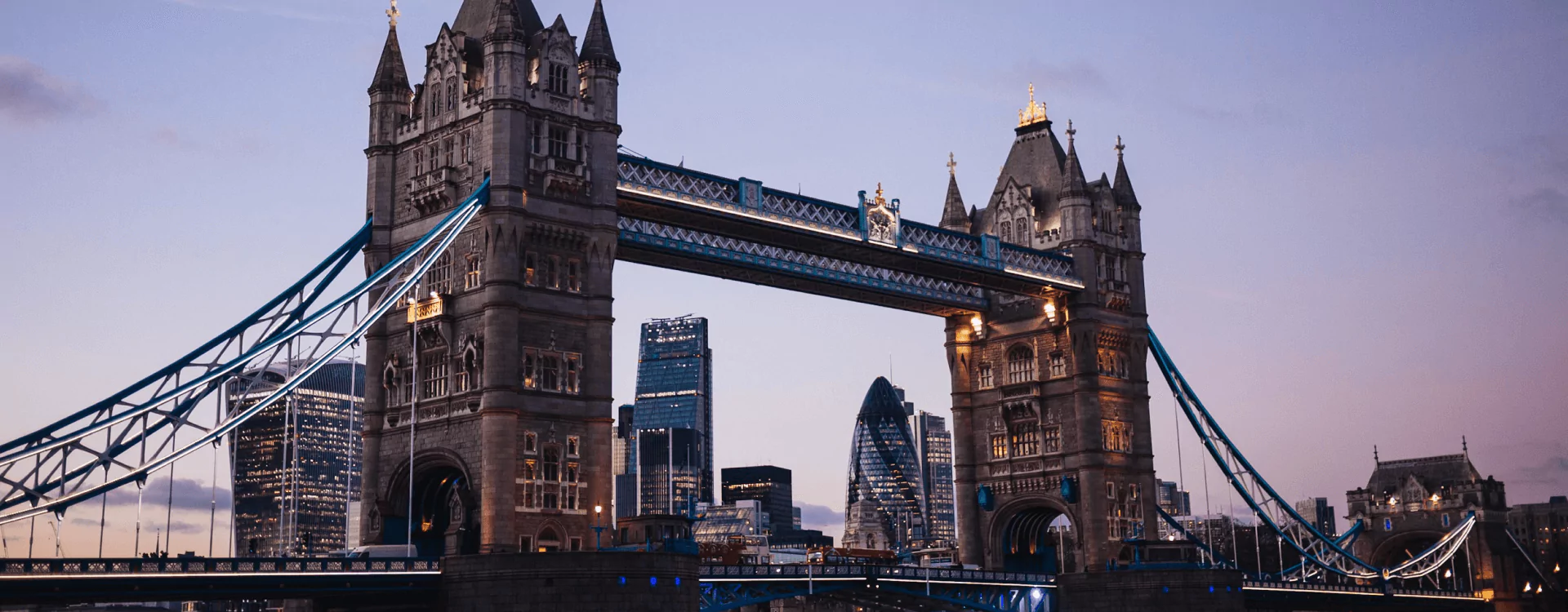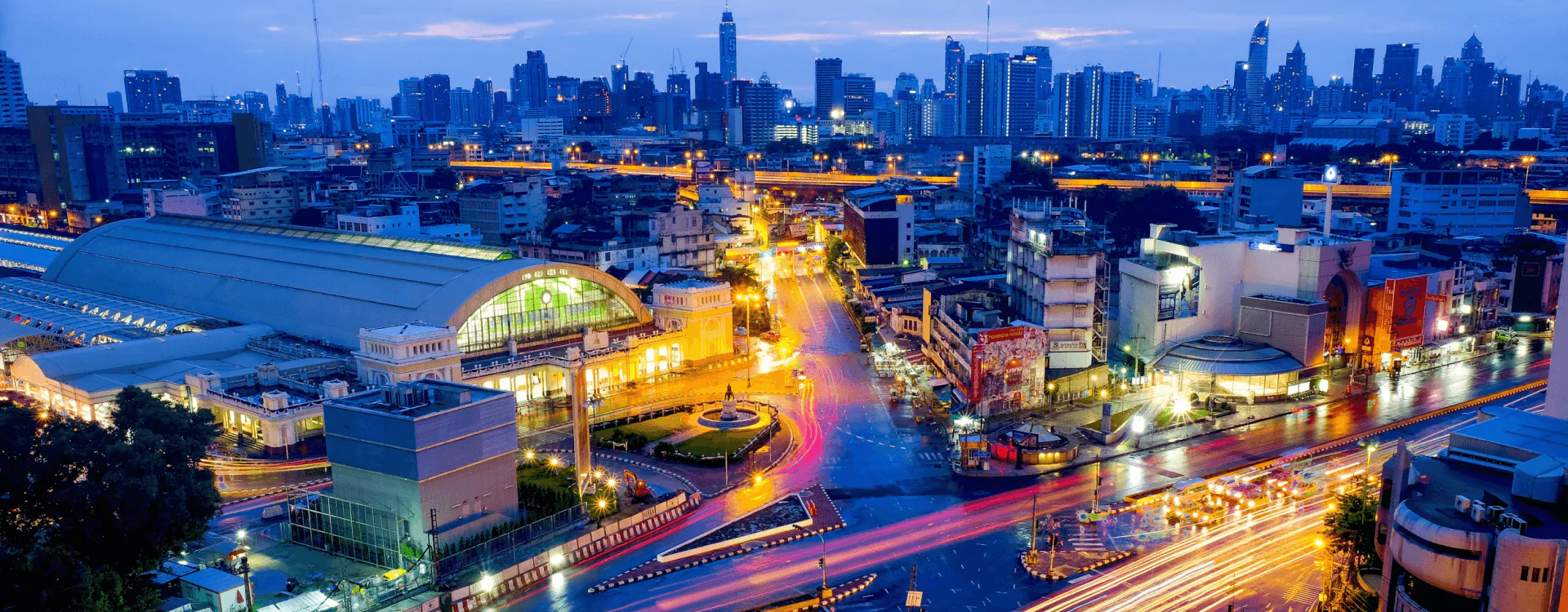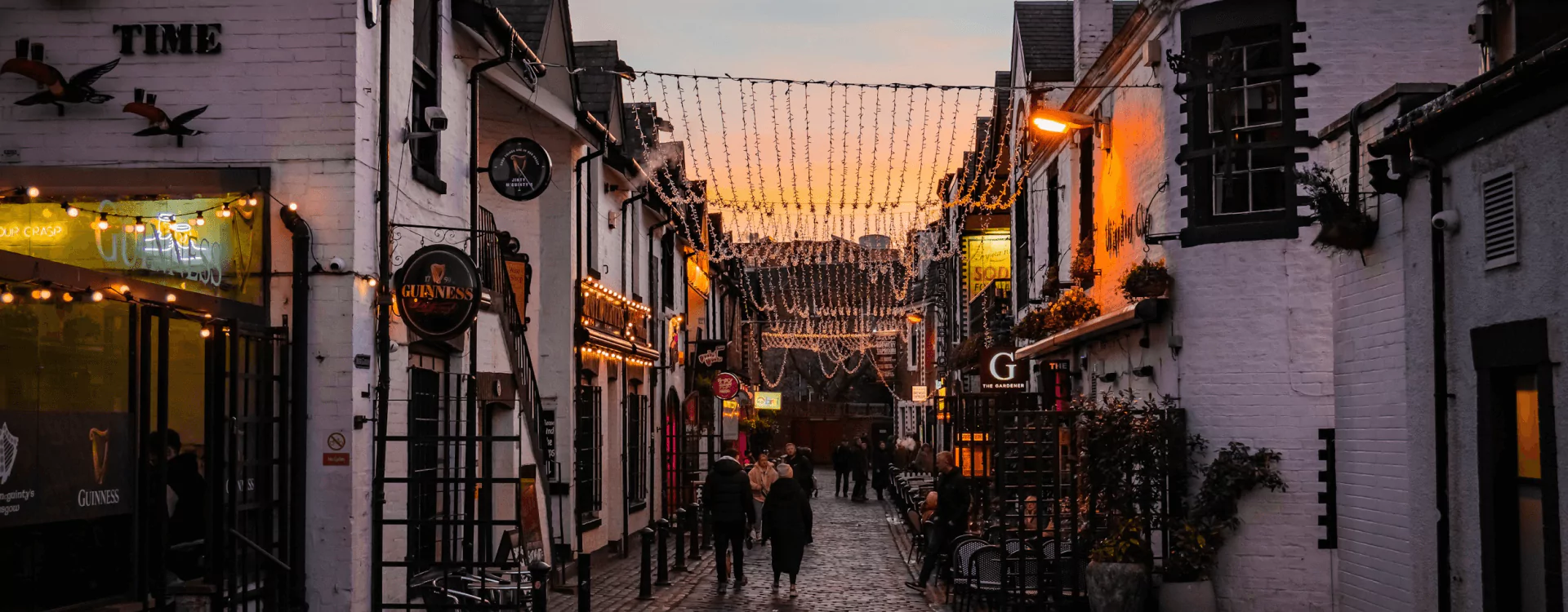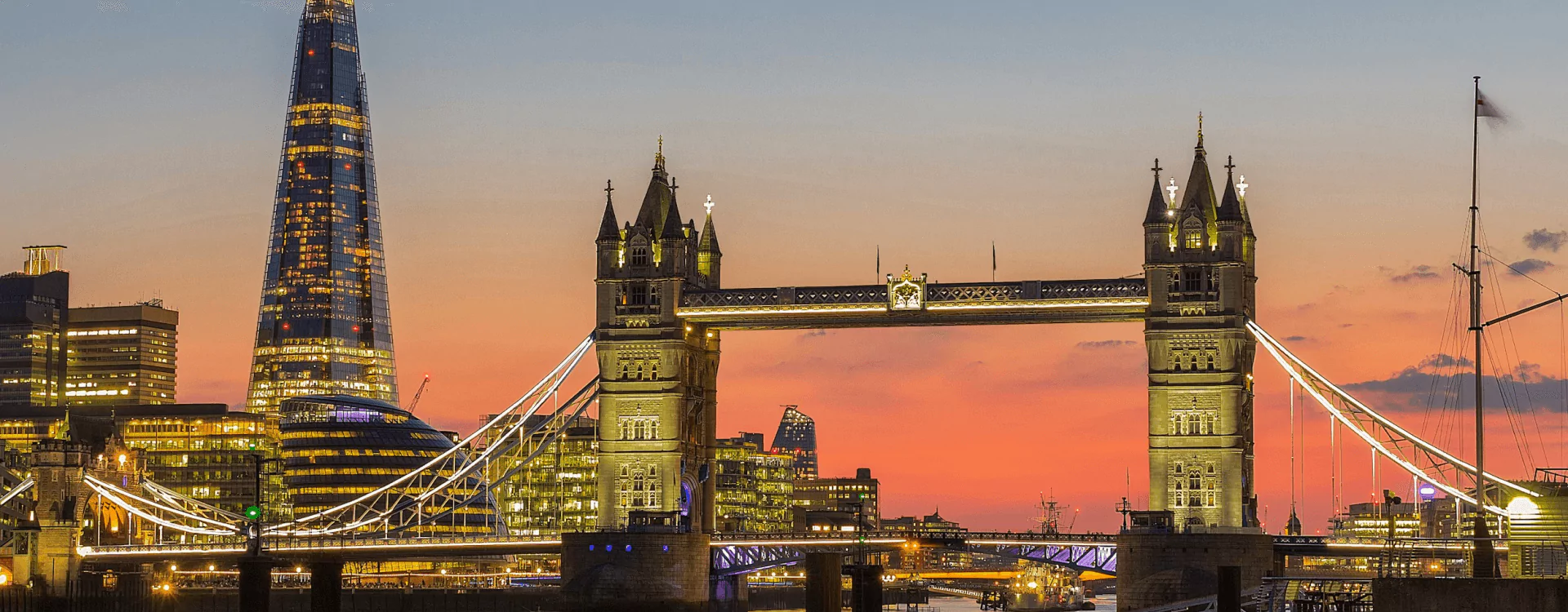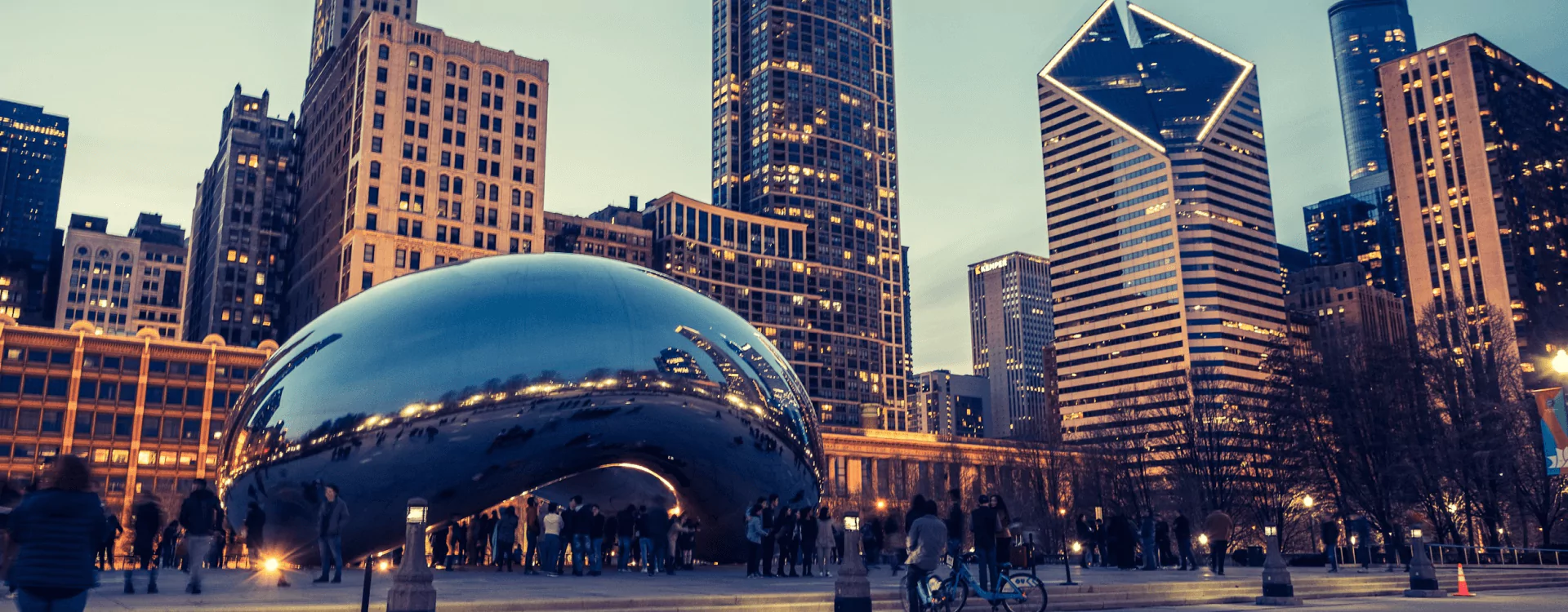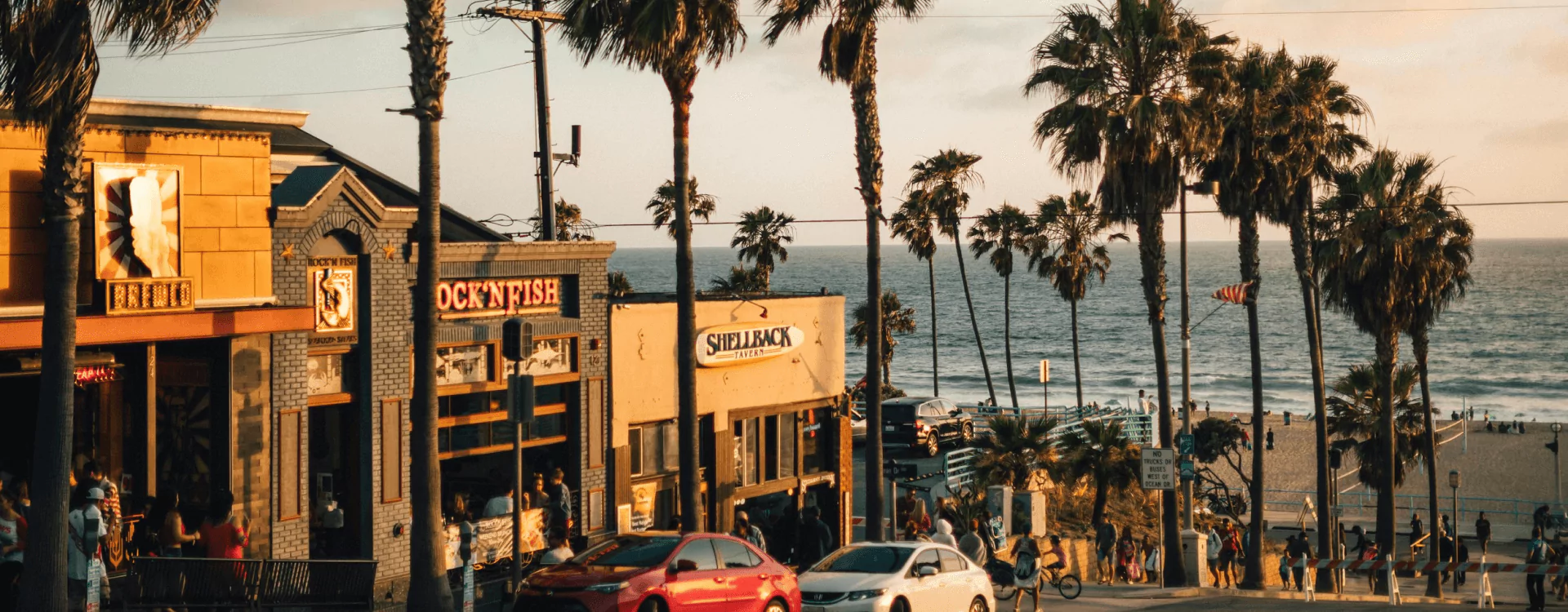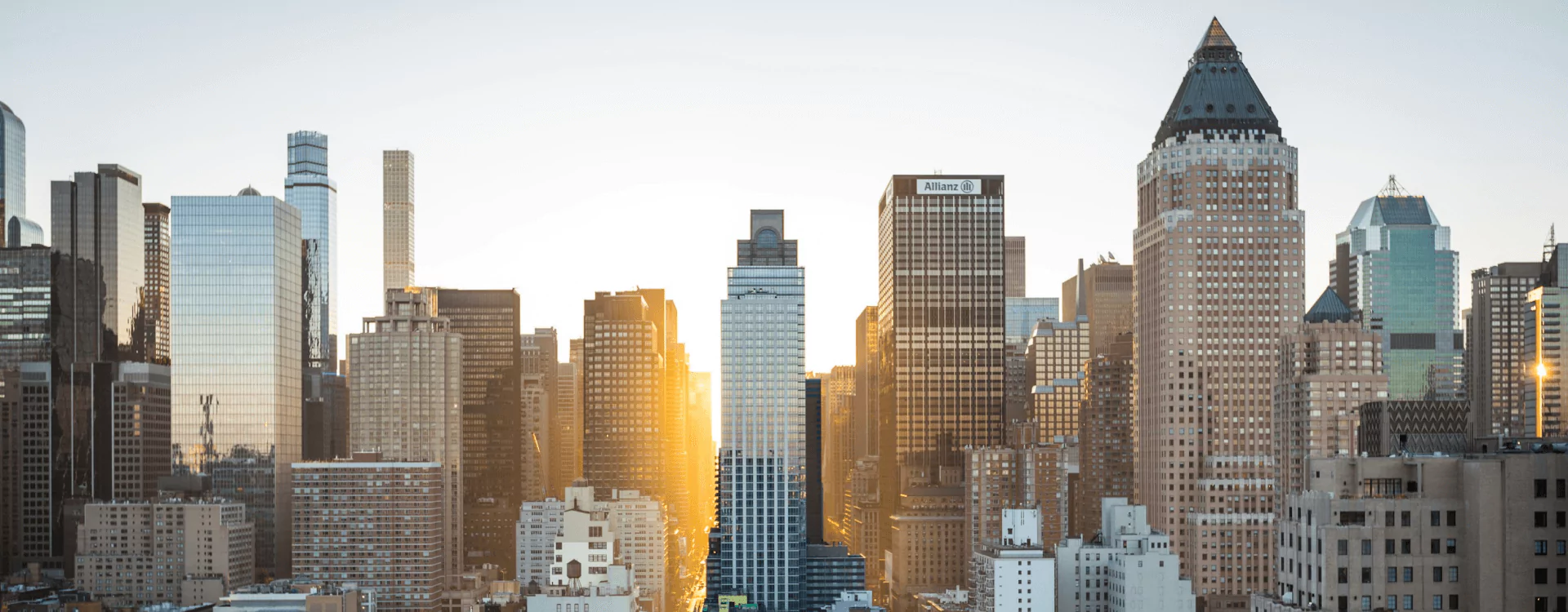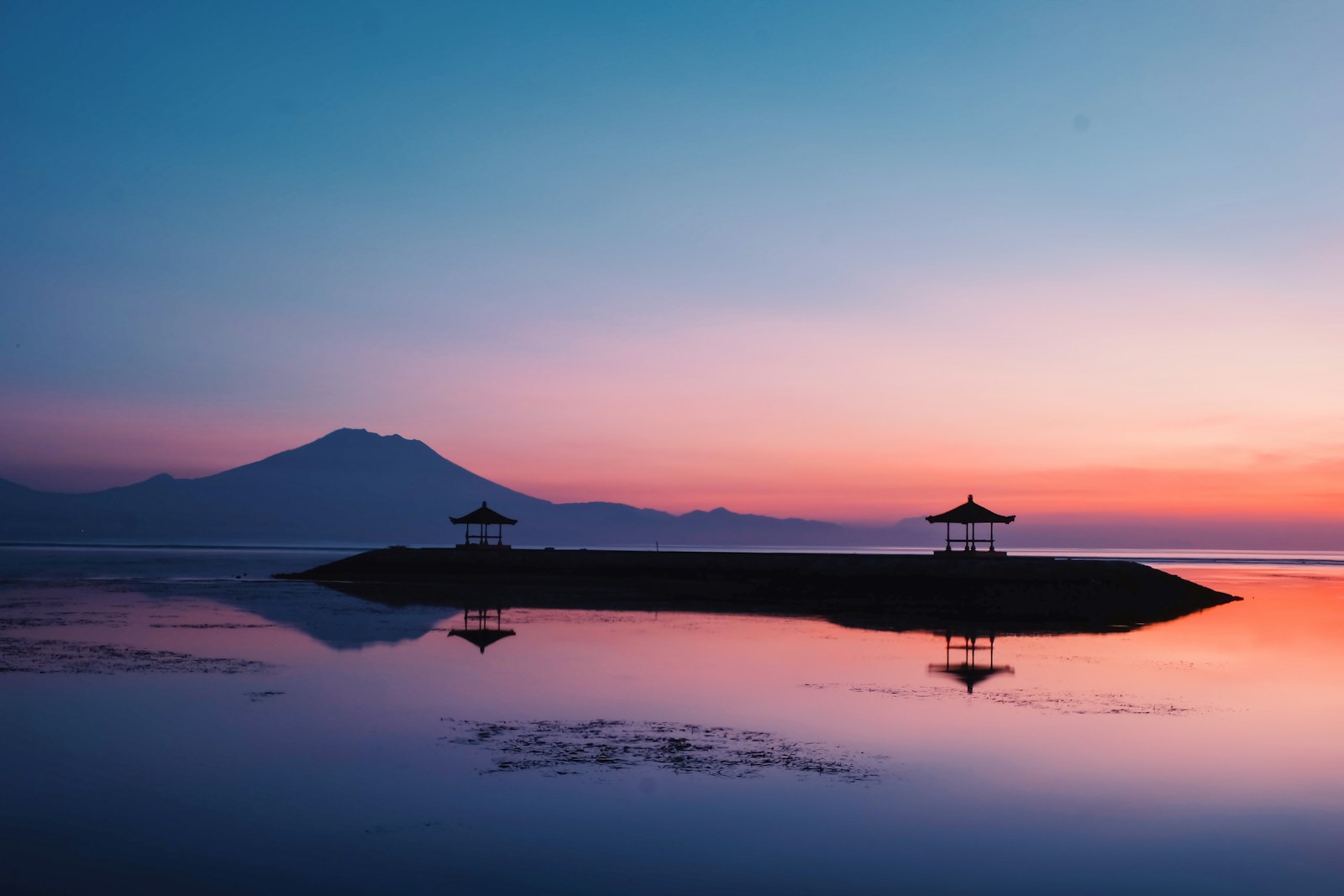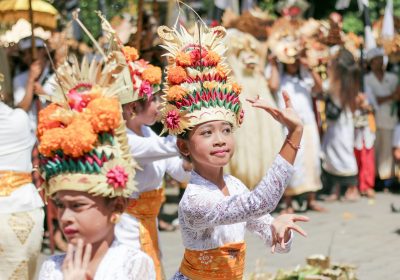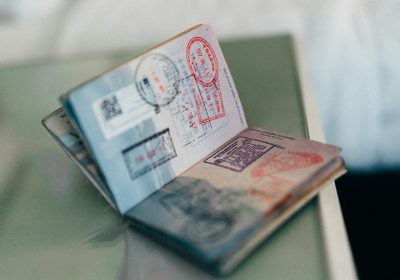So, you’re planning a trip to Bali — maybe for the beaches, the temples, or the yoga vibes. But before you lock in those tickets, one question probably comes up: When is the best time to go?
The short answer is: it depends on what you want from your trip. Bali is a year-round destination, but different months offer different vibes. Whether you’re chasing sunshine, fewer crowds, or cultural experiences, this guide will help you figure out the best time for you to visit Bali.
Let’s break it down in a way that feels like you’re chatting with a friend who’s been there a few times — not reading a dry weather report.
Bali’s Dry Season vs Rainy Season
Bali has just two main seasons: dry and rainy. That’s it. No four seasons, no snow, no fall leaves. Just sun and rain. Simple, right?
Dry Season (April to October)
This is Bali’s most popular time of the year, and for good reason. The skies are mostly blue, humidity is lower, and outdoor adventures are in full swing. Whether you’re hiking Mount Batur at sunrise or chilling on the beach in Uluwatu, this is prime time.
July and August are the peak months for tourism. Expect bigger crowds, higher hotel prices, and a lot more people at popular spots like Ubud and Seminyak. But if you don’t mind the buzz, it’s a great time to be here.
Rainy Season (November to March)
Don’t let the word “rainy” scare you. Bali’s wet season isn’t a nonstop downpour. You’ll often get heavy rain in the late afternoon or at night, but sunny mornings are still common.
It’s more humid, yes. You might have to dodge a few puddles. But you’ll also enjoy fewer tourists, lower prices, and greener landscapes — the rice terraces look incredible this time of year.
If you’re not overly picky about perfect weather and you want to stretch your budget, rainy season is your friend.
Best Time for Surfing, Yoga, and Temples
Different travelers have different priorities. Here’s a quick cheat sheet for choosing when to go based on what you’re into:
Surfing
- Beginners: May to September is best. Kuta and Legian beaches have ideal beginner-friendly waves.
- Experienced surfers: You’ll love the swells around Uluwatu, Padang Padang, and Canggu from April to October.
Yoga & Wellness
You’ll find yoga retreats happening all year in Ubud and Canggu, but many prefer coming during the dry season for that peaceful, misty morning vibe. Less rain means fewer distractions during outdoor classes and nature walks.
Temple Visits
Temples like Tirta Empul and Tanah Lot are open year-round, but visiting during the dry season is more comfortable. During religious festivals like Galungan and Kuningan (dates vary each year), temples come alive — this is one of the most beautiful times to witness Balinese spirituality in full color.
Cheapest Time to Visit Bali
Looking to save money? Your best bet is to travel during the shoulder seasons, which are:
- March to early April
- Late October to November
These months are in-between peak and low seasons, so flights and accommodation tend to be cheaper, but the weather is still decent. You’ll dodge both the big crowds and the worst of the rain.
You can often find luxury hotels offering major discounts during these periods — great if you’re on a mid-range budget but want to splurge a little.
Avoiding Crowds: Insider Tips
Bali is no longer a hidden gem — it’s a major destination, and certain parts can feel busy all year round. But if you’re not a fan of crowds, here’s how to plan smarter:
- Avoid July and August — this is school holiday season in Australia and Europe, and Bali fills up fast.
- Skip major local holidays like Galungan and Nyepi if you want to avoid crowds (unless you want to experience the cultural side — more on that in a bit).
- Wake up early — you’ll beat the tour groups to waterfalls, temples, and viewpoints.
- Go east or north — areas like Sidemen, Amed, and Lovina are much quieter compared to Ubud or Canggu.
Weather Month by Month in Bali
Let’s take a closer look at the weather, month by month. This will help you choose the best window for your trip:
January
Hot, humid, and very wet. Great for lush scenery, but be ready for daily downpours. Bring a rain jacket and expect muddy trails if you’re hiking.
February
Still rainy, but less crowded. Not the best for beach days, but ideal if you’re focusing on culture, temples, or just relaxing.
March
The tail-end of the rainy season. Rain starts to ease up. Lush landscapes, fewer crowds, and a good time for wellness or off-season retreats.
April
Start of the dry season. Blue skies return, and the island wakes up. Great weather, lower crowds. One of the best months overall.
May
Almost perfect weather — sunny, warm, but not scorching. Sea conditions are great, and it’s not too crowded yet.
June
Bali starts to buzz. Dry weather continues. Still affordable prices before the high-season spike in July.
July
Peak tourist month. Great weather, but it gets crowded. Book your hotels early. Best time for family trips, surfing, and beach clubs.
August
Still peak season. Everything is open, alive, and festive. Great for social travelers, but not ideal if you’re seeking solitude.
September
Fantastic month — weather is still dry, but the crowds are thinning out. Prices start to dip. Great for couples, solo travelers, and digital nomads.
October
Shoulder season. Some rain starts to return, but it’s not heavy. A sweet spot for budget travel.
November
Rainy season begins. It’s hit or miss — some sunny days, some cloudy. Great time for retreat seekers and slow travel.
December
Tourist numbers rise again for Christmas and New Year. Rain is consistent but manageable. Expect high prices around the holidays.
Festivals and Seasonal Events
If you’re the kind of traveler who wants to experience the real culture, try planning your trip around one of Bali’s festivals:
- Nyepi (Bali’s Day of Silence) – Usually in March. One full day where the entire island shuts down. No flights, no lights, no going out. A powerful cultural moment — and unlike anything else.
- Galungan & Kuningan – Every 210 days, based on the Balinese calendar. The island is filled with tall bamboo poles and locals in traditional dress. A beautiful time to visit temples.
- Bali Arts Festival – Held in Denpasar in June–July. Traditional music, dance, and craftsmanship everywhere.
- Ubud Food Festival / Ubud Writers & Readers Festival – For foodies and creatives, these usually take place in April and October respectively.
Planning your trip around these dates can give you a deeper connection to the island, beyond the usual sightseeing.
So, what’s the best time to visit Bali?
If you want sunny skies, dry clothes, and lots of open activities — go between April and September. If you want to save money, avoid crowds, and don’t mind some tropical rain — the shoulder months like March, October, and November are your sweet spot.
Truth is, Bali is beautiful year-round. What really matters is how you want to experience it. Whether you’re chasing surf breaks or spiritual calm, sunset cocktails or rice field hikes, there’s a season that’s right for you.
Wherever you end up on the calendar — pack light, plan smart, and leave some room for surprises. That’s when the magic happens.


